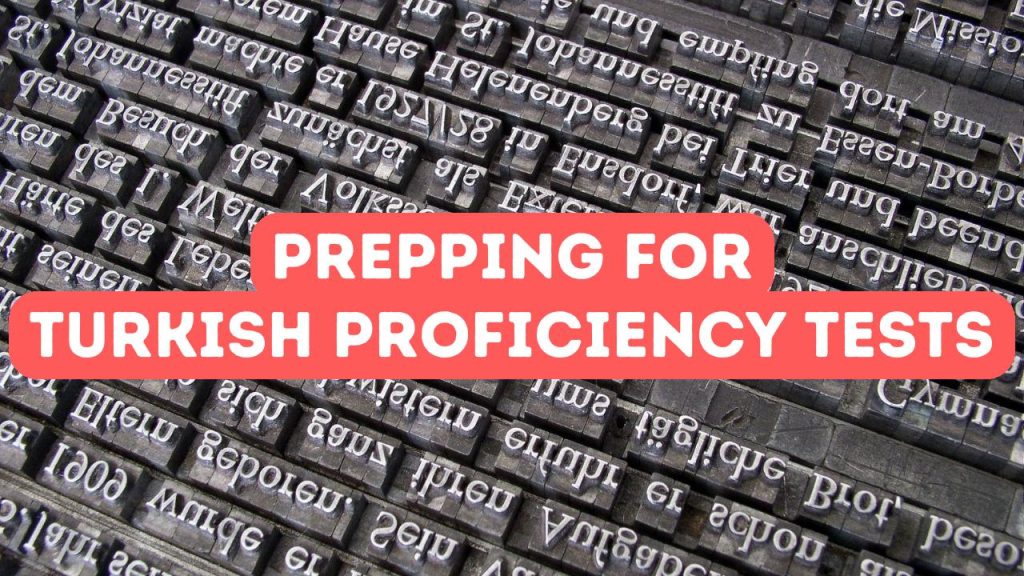Unraveling the Complexity of Turkish Grammar
A pervasive myth that often discourages learners before they even begin is the alleged impenetrability of Turkish grammar. It’s true that Turkish employs an agglutinative structure, where complex sentences can often be produced by stringing various suffixes onto a root word. This feature may seem daunting due to its difference from the subject-verb-object order commonly found in English and many other European languages. However, once truly delved into, the logic of Turkish grammar reveals a consistent and systematic pattern. With agglutination, the language avoids irregularities that are notorious in English, such as tense conjugations or pluralizations – making it, in some respects, more straightforward to learn. Each suffix in Turkish has a clear purpose and adds precise meaning to a sentence, ultimately allowing learners to express a broad range of ideas with a single, elegantly constructed word.
Moreover, the myth that Turkish grammar is prohibitively difficult doesn’t hold up when considering the language’s use of vowel harmony—a defining feature that actually aids learners in mastering word formation. Vowel harmony ensures that vowels within a word adopt similar characteristics, making the pronunciation more intuitive and the learning process more rhythmic. Once grasped, this concept greatly simplifies learning new vocabulary and understanding how words are modified. The absence of gendered nouns, a hurdle in many Indo-European languages, further streamlines Turkish grammar, minimizing the memorization of gender rules and their exceptions. The challenge lies not in complexity but in the learner’s willingness to embrace a different grammatical perspective, one that is quite meticulous yet ultimately logical and even mathematically elegant.
To dismantle another common misconception, Turkish grammar is not a static monolith but a dynamic system that adapts to modern usage and international influence. While there are certainly rules to follow, they are not without exceptions, which are typically clearly defined and can be systematically learned. Additionally, the language’s regular use of certain grammatical constructs, like postpositions in place of prepositions, or the absence of articles, might challenge learners initially, but these are consistent features that once learned, become second nature. Learners familiar with other Turkic languages, or even agglutinative languages like Finnish or Japanese, may find these principles even more approachable. Ultimately, Turkish grammar, like any language’s framework, requires dedication and practice. Those who invest the time to understand its patterns and nuances will find that it opens the doors to a remarkably expressive and refined mode of communication, breaking down the barriers erected by myths and misconceptions.
Breaking Down the Myths of Turkish Pronunciation
One prevalent myth about the Turkish language is the supposed complexity of its pronunciation. Contrary to this common belief, Turkish is remarkably phonetic and consistent in its pronunciation rules. Each letter in the Turkish alphabet has one sound, and that sound does not change regardless of its place in the word. This is in stark contrast to English, where the same letter can represent a variety of sounds, and pronunciation often depends on context. Learners can take solace in the fact that once they have mastered the sounds of the Turkish alphabet—comprising 29 letters, each with a unique phoneme—pronouncing new words becomes significantly easier, allowing learners to read aloud with confidence even from the early stages of language acquisition.
Nonetheless, the myth persists, in part due to the presence of a few phonemes in Turkish that are unfamiliar to speakers of English and many other languages. Examples include the ç pronounced as ch in chair, the ş as sh in shower, and the emphatic ı without an English equivalent. Rather than viewing these as hurdles, they should be seen as novel features that can be mastered through practice. Moreover, Turkish stress patterns are generally consistent—usually placed on the last syllable of the word—making the rhythm of speech more predictable to learn. Consequently, while a select number of sounds may require initial extra attention, the overall structure of Turkish pronunciation is straightforward and logical, stripping away any apprehension that learners might feel regarding complexities in speech.
It is also worth mentioning the myth that the Turkish language’s sounds are harsh or guttural, a misconception stemming from unfamiliarity rather than fact. Turkish phonetics are neither excessively harsh nor soft but offer a balanced sound palette. The language’s vowel harmony—a rule that ensures vowels within a word follow a particular pattern—contributes to a melodic and aesthetically pleasing rhythm that is satisfying to both speak and hear. As learners become intimately acquainted with the flow of Turkish, they often discover an unexpected musicality to the language, which further dispels the myth of its supposed harshness and reinforces the pleasurable aspects of its pronunciation.
Mastering Turkish: Separating Fact from Fiction in Language Acquisition
One of the most pervasive myths about Turkish is that its agglutinative structure—a grammatical system in which words are formed through the combination of various morphemes (smallest units of meaning)—makes it exceedingly difficult to learn. While it’s true that Turkish words can seem labyrinthine with their affixes that denote tense, mood, and other grammatical nuances, this is actually a systematic feature that, once understood, can make the language highly logical and even predictable. This consistency in word formation often makes it easier for learners to acquire new vocabulary and grasp complex concepts, as opposed to the irregularities found in languages that rely heavily on exceptions to their own rules. Therefore, rather than viewing agglutination as an obstacle, learners should recognize it as a roadmap to mastering Turkish with clarity and precision.
Another common myth is that Turkish is too distant from English or other Indo-European languages to be learned effectively by speakers of these tongues. This belief underestimates the ability of learners to bridge linguistic divides. It’s important to highlight that while Turkish indeed has different roots, it shares many loanwords with English and other European languages due to historical trade and cultural exchange. Furthermore, modern methods of language instruction focus on immersive and context-based learning, making the acquisition of seemingly exotic languages less daunting. Learning Turkish might offer fresh challenges in terms of sentence structure and grammar, but these are surmountable with the right strategies. As learners delve into Turkish, they often find that it presents a systematic grammar that, once decoded, echoes logic and rhythm – aspects that are appealing to any linguist’s ear, regardless of their mother tongue.
Finally, the notion that fluency in Turkish requires exceptional talent or linguistic genius is a myth that needs to be dispelled. Language learning is a journey that combines dedication, practice, and exposure, irrespective of the language in question. The key to acquiring Turkish lies not in inherent aptitude, but in the methodologies applied and the consistency of effort. It’s crucial for learners to immerse themselves in the language through conversation, media, and writing—embracing mistakes as opportunities for growth. By developing a study routine that incorporates a variety of learning materials and real-life communication, anyone can obtain proficiency in Turkish. Enthusiasm and patience play pivotal roles, and with the abundance of resources available today, from online courses to language apps, this linguistic voyage is more accessible than ever. So lay rest to the myth of requisite brilliance for Turkish mastery; it’s perseverance and engagement that will unlock the doors to fluency.





